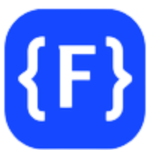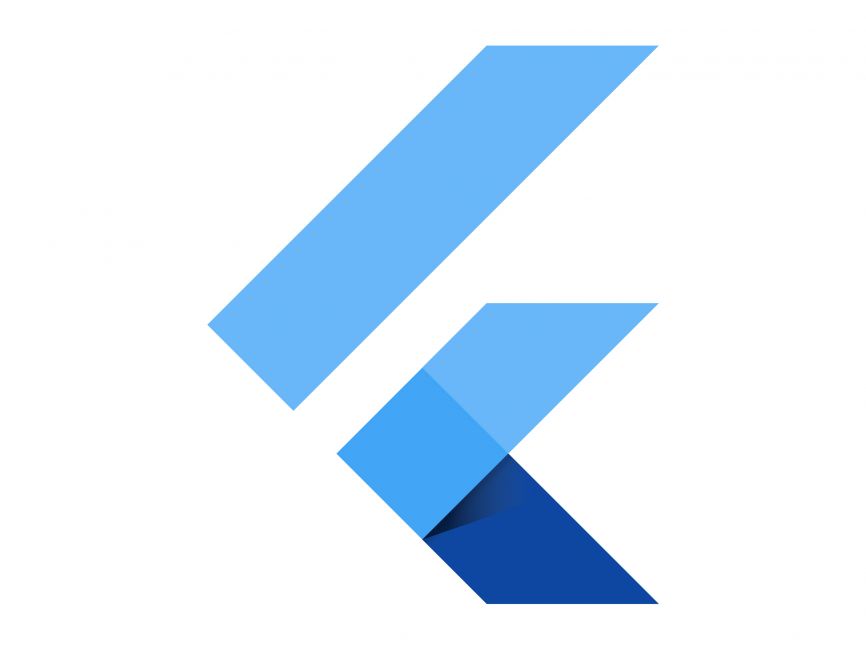Introduction:
Mobile app development has witnessed a paradigm shift with the advent of Flutter—a powerful and versatile UI toolkit developed by Google. Flutter allows developers to create beautiful and responsive applications for multiple platforms, using a single codebase. In this comprehensive post, we’ll delve deep into the world of Flutter, exploring its core concepts, architecture, widget system, and various features that make it a game-changer in the mobile development landscape.
The Rise of Flutter
Before diving into the technical aspects, it’s essential to understand the background and significance of Flutter. Born out of Google’s internal project known as Sky, Flutter was unveiled to the public in 2017. Since then, it has gained substantial traction due to its remarkable capabilities and the promise of building native-like apps with remarkable speed and efficiency.
Flutter vs React Native (2018-2023) Google Trends
In few years Flutter has Crossed its Competitor React Native in Popularity and its growing ever since. Learn More
Red Flutter, Blue React Native

Flutter: A Brief Overview
Flutter can be best described as a reactive, cross-platform framework for creating visually appealing, high-performance applications. It utilizes a unique blend of a powerful rendering engine, a comprehensive set of pre-built widgets, and a reactive programming paradigm. By employing the Dart programming language, Flutter offers a seamless development experience, enabling developers to write code that runs natively on multiple platforms.
Key Features of Flutter:
- Fast Development: Flutter’s hot reload feature enables developers to see the changes in real-time, providing a fast and iterative development process. This significantly reduces the development cycle and improves productivity.
- Beautiful UIs: Flutter provides a rich set of pre-built widgets, along with an extensive collection of customizable widgets, allowing developers to create stunning and visually appealing user interfaces. It also supports smooth animations and transitions, adding a touch of elegance to your app.
- Cross-Platform Development: With Flutter, you can write code once and deploy it on multiple platforms, including iOS, Android, web, and even desktop. This not only saves development time but also ensures consistency across different devices.
- Access to Native Features: Flutter allows developers to access platform-specific APIs and services, providing seamless integration with device capabilities such as camera, location, sensors, and more. This ensures that you can leverage the full potential of the underlying platform.
- Strong Community and Ecosystem: Flutter has a vibrant and supportive community, which contributes to its continuous growth. There is a vast ecosystem of packages and plugins available that extend Flutter’s functionality, making it easier to add complex features and integrations to your app.
Understanding the Flutter Architecture
At the core of Flutter lies a robust architecture that contributes to its exceptional performance and flexibility. Flutter follows a layered architecture, comprising three main layers: the Flutter engine, the Flutter framework, and the Flutter application. Each layer plays a distinct role in the overall application execution and ensures a smooth and efficient development experience.
The Widget System: Building Blocks of Flutter
One of the most distinctive features of Flutter is its widget system. Everything in Flutter is a widget, from simple buttons to complex layouts. Widgets are declarative, immutable UI elements that define the appearance and behavior of the application. In this section, we’ll explore various types of widgets, the widget tree hierarchy, and the process of composing and nesting widgets to create stunning user interfaces.
Flutter UI Design: Making Your App Beautiful
Creating visually appealing and responsive user interfaces is a breeze with Flutter. In this segment, we’ll delve into Flutter’s flexible styling system, explore the vast collection of customizable widgets, and learn how to apply animations and transitions to bring your app to life. We’ll also discuss Flutter’s design principles, best practices for creating delightful user experiences, and utilizing the Material Design and Cupertino widgets for platform-specific aesthetics.
Managing State in Flutter
As applications grow in complexity, managing state becomes crucial. Flutter provides multiple approaches for state management, such as Provider, BLoC (Business Logic Component), Redux, and more. We’ll dive into these different state management solutions, highlighting their strengths and use cases, allowing you to
choose the one that best suits your project requirements.
Flutter and Native Device Features
Flutter enables seamless integration with native device features, ensuring that your app can leverage the full potential of the underlying platform. We’ll explore how Flutter interacts with device capabilities like camera, location, sensors, and permissions. Additionally, we’ll discuss platform-specific APIs and plugins, which extend Flutter’s functionality and enable access to specific native features.
Testing and Debugging in Flutter
Robust testing and efficient debugging are vital for app development. In this section, we’ll explore different testing frameworks available in Flutter, such as unit testing, widget testing, and integration testing. We’ll also discuss essential debugging techniques and tools provided by Flutter, helping you identify and resolve issues efficiently during the development process.
Optimizing Performance in Flutter
Performance is key to providing a smooth user experience. We’ll delve into performance optimization techniques specific to Flutter, such as optimizing rendering, reducing app size, and minimizing network requests. We’ll explore the use of performance profiling tools, analyzing and improving app performance, and ensuring optimal efficiency in your Flutter applications.
Deploying Flutter Apps
Once your Flutter app is ready, it’s time to share it with the world. We’ll guide you through the process of deploying your app to different platforms, including iOS, Android, and the web. We’ll discuss app signing, generating release builds, managing app metadata, and deploying to app stores such as Google Play Store and Apple App Store.
Conclusion: Flutter has emerged as a dominant force in the world of mobile app development, providing a robust framework to build cross-platform applications with elegance and efficiency. Its powerful architecture, extensive widget system, and seamless integration with native features make it an excellent choice for developers seeking to create stunning, high-performance apps. By combining the expressive Dart language with Flutter’s vast ecosystem and community support, developers can unlock the full potential of cross-platform mobile development. So, embark on your Flutter journey today and witness the power of building beautiful apps that transcend platforms. Happy coding!


Leave a Reply